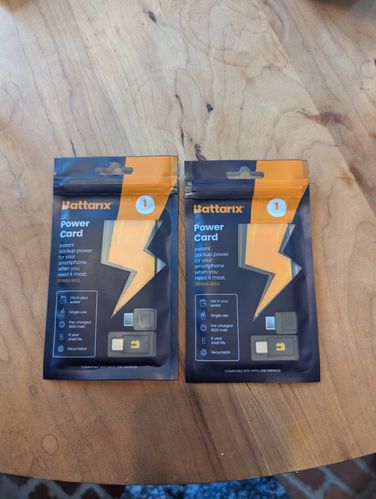The Bug-Out Bag List Essentials You’ll Want In an Emergency
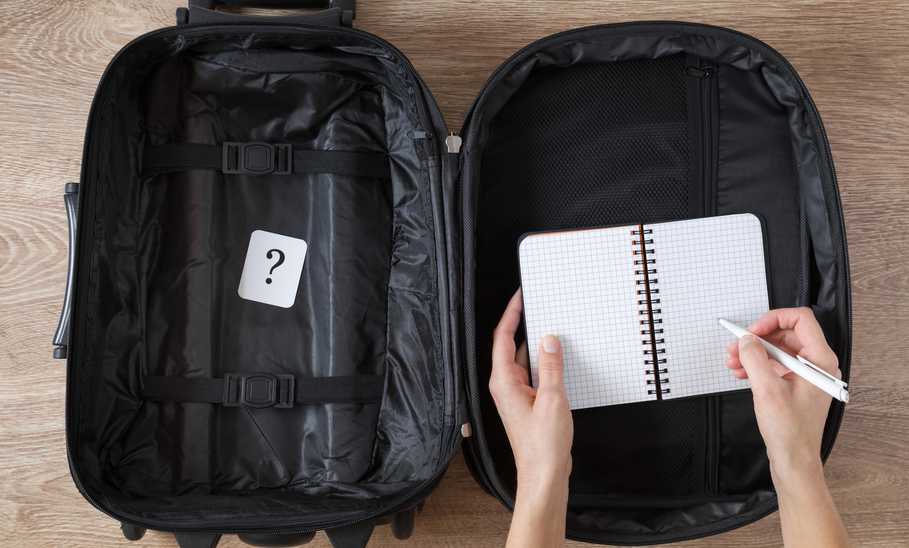
Our evaluations and opinions are not influenced by our advertising relationships, but we may earn a commission from our partners’ links. This content is created by TIME Stamped, under TIME’s direction and produced in accordance with TIME’s editorial guidelines and overseen by TIME’s editorial staff. Learn more about it.
As extreme weather, like hurricanes, flooding, wildfires, and tornados, becomes more common, the need to be prepared ahead of a natural disaster does too. Having a packed bag of supplies (often called a "bug-out bag” ready to go at a moment’s notice can help you (and your family) feel more secure when the elements are out of control.
“More Americans expect that a major disaster will impact them or their family than in previous years, but we’ve not seen an increase in household emergency planning alongside this awareness,” stated Nicolette Louissaint, Ph.D., executive director of Healthcare Ready, in a press release addressing its national survey on preparations for a disaster. “For the fourth year in a row, this poll reveals a gap in preparedness at an individual level and emphasizes the need to improve readiness to ensure residents are prepared for the disasters that will inevitably come.”
According to FEMA’s 2023 National Household Survey on Disaster Preparedness, 48% of Americans have taken the time to prepare for a disaster by assembling or updating supplies in case of an emergency.
After my community experienced extreme flooding in our area last summer, I decided that having some essentials in an easy grab-and-go bag wasn’t the worst idea, so I jumped at the opportunity to take a deep dive into this topic.
A bug-out bag contains essential items you or your family will need for at least 72 hours (according to FEMA) should you have to quickly evacuate your home during a natural or man-made disaster. Bug-out bags typically contain items that you may need if you cannot return home and are forced to set up a camp or safe zone.
You can purchase pre-made bug-out bags, like this one from Uncharted Supply Company, or make your own using a weatherproof backpack large enough to hold all your gear. If you buy a pre-packed bag, check whether it only contains supplies for an individual or if it can support more than one person.
You can find bug-out bags designed for teens and kids, too, although every bug-out bag should contain items specific to you and your family.
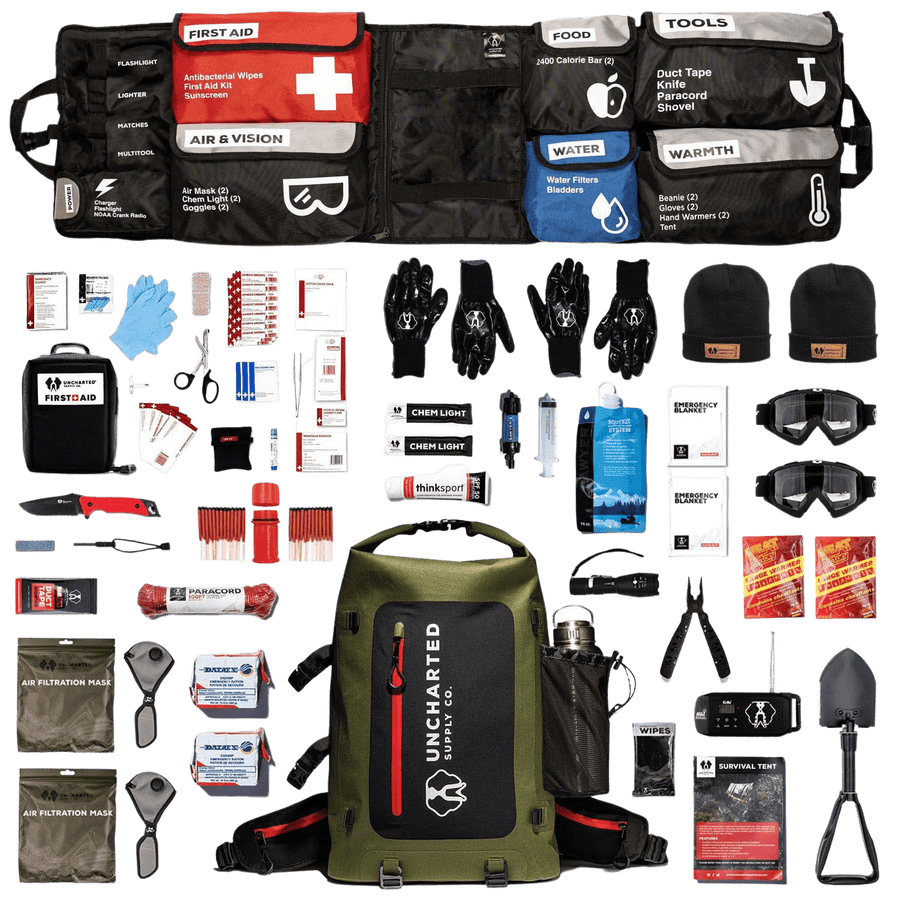

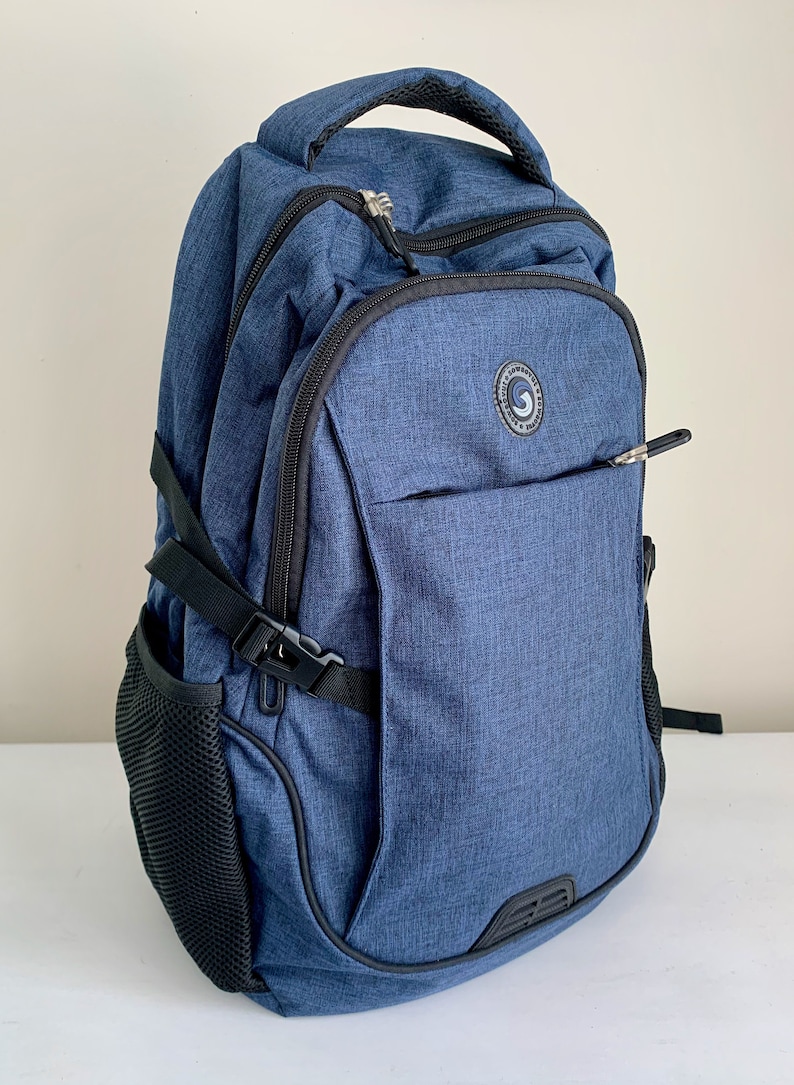

Many people consider bug-out bags and go-bags to be similar, but some survival specialists do not, citing that a go-bag is usually smaller and contains items you might need for 24 hours, like a change of clothes, a wallet with identification, flashlight, basic first aid kit, cash, and paperwork, anything you might need for the time it takes you to reach an emergency shelter. A bug-out is typically larger and designed to hold items you’ll need for a few days and more gear overall.
The point of both bags is to have what you need on hand to leave your home in case of an emergency. And if packing multiple bags seems too overwhelming, in theory, a bug-out bag could simply contain whatever you might put into a go-bag.
As mentioned, some people consider a go-bag or bug-out bag the same, while others do not, but I’ve gathered a list of gear that could potentially be split into two bags or simply packed into one all-powerful bug-out bag to get you and your family through a natural or man-made disaster where you have to leave your home.
Most bug-out bag materials are designed to keep you and your family safe in the wilderness versus taking shelter in an emergency facility, so I’ve included items like tents, ground clothes, and fire starters.
If your emergency evacuation plan involves sheltering in a hotel, family or friend's home, or a FEMA shelter, you may not need to include everything on this list, but I’ve included the items recommended by FEMA, survival specialists, and travel organizations that assist in emergencies. In addition, use your best judgment according to your personal circumstances to pack the best bug-out bag for you and your family.
Also, while toys might not be on the top of an essentials list, a deck of playing cards, dice, or a small foldable travel board game, as well as coloring books or reading materials, might not be a bad idea to toss in, especially if you have kids or teens.
Beef or other kinds of jerky, granola and protein bars, oatmeal packets, bags of nuts (if you don't have allergies), and peanut butter are all good options for your bug-out bag. Freeze-dried treats and ready-made camping meals, cans of beans, and other shelf-stable items are good choices, too. If you have kids, add some snacks and comfort treats, too. Don’t forget your pets, too; they will need food and snacks. Plus, you will need one gallon of water per person or pet per day — be sure to set aside enough portable water.
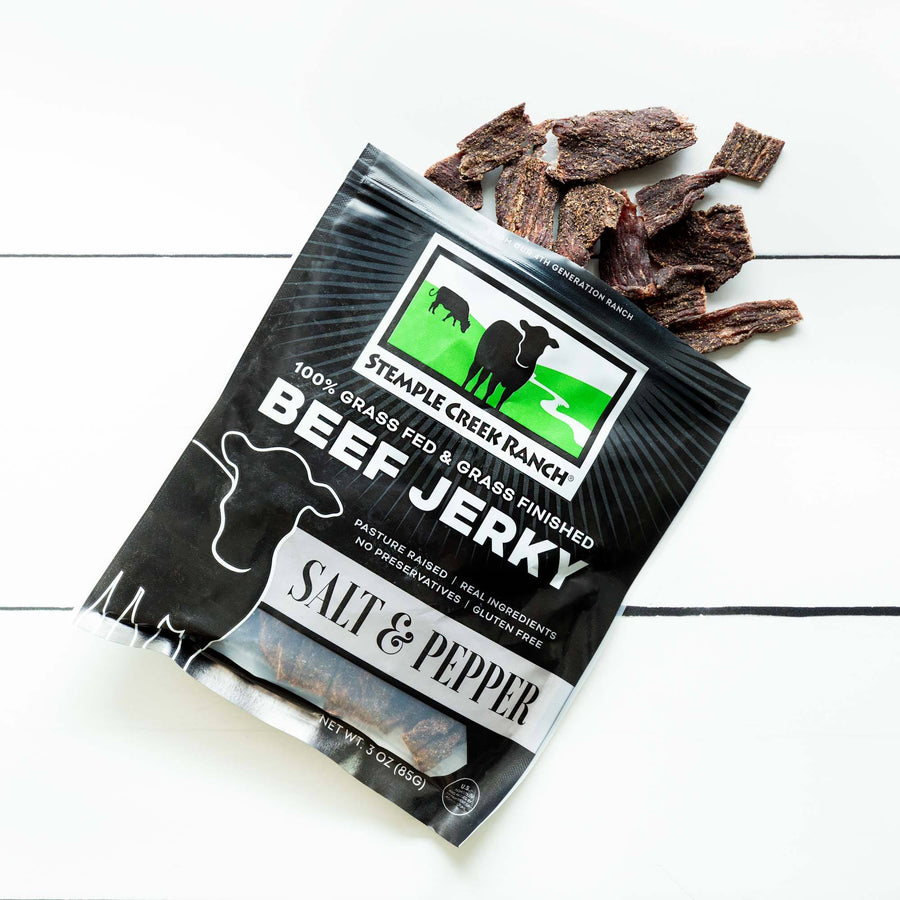

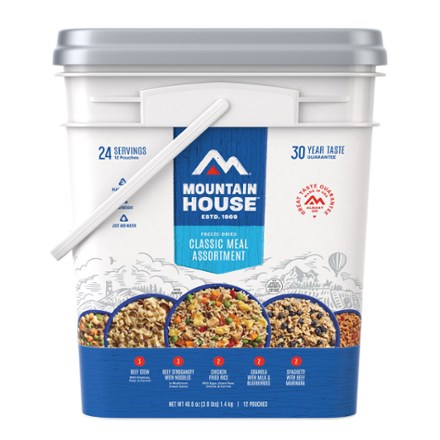
This should be at the top of your list, so I put it at the top of mine. The American Red Cross sells 73-piece first aid kits on Amazon, and I like this one from L.L. Bean because everything is contained in a lightweight and waterproof bag. My kids always like to carry their own mini first aid kits, too, like this one designed for kids from Adventure Medical Kits, and they love the tiny ones from Welly, too.




Buy a hand-held can opener (if you don’t have one attached to a multitool).

A power card, like a Battarix, is a one-and-done charging card that can fit into your wallet. This single-use card is for extreme emergencies when all the power is down. It stays pre-charged for eight years with proper storage and can provide power to Androids and iPhones without needing additional adaptors.

This is for when nature calls during a disaster, plus it allows for easy clean-up in the car or at a shelter.
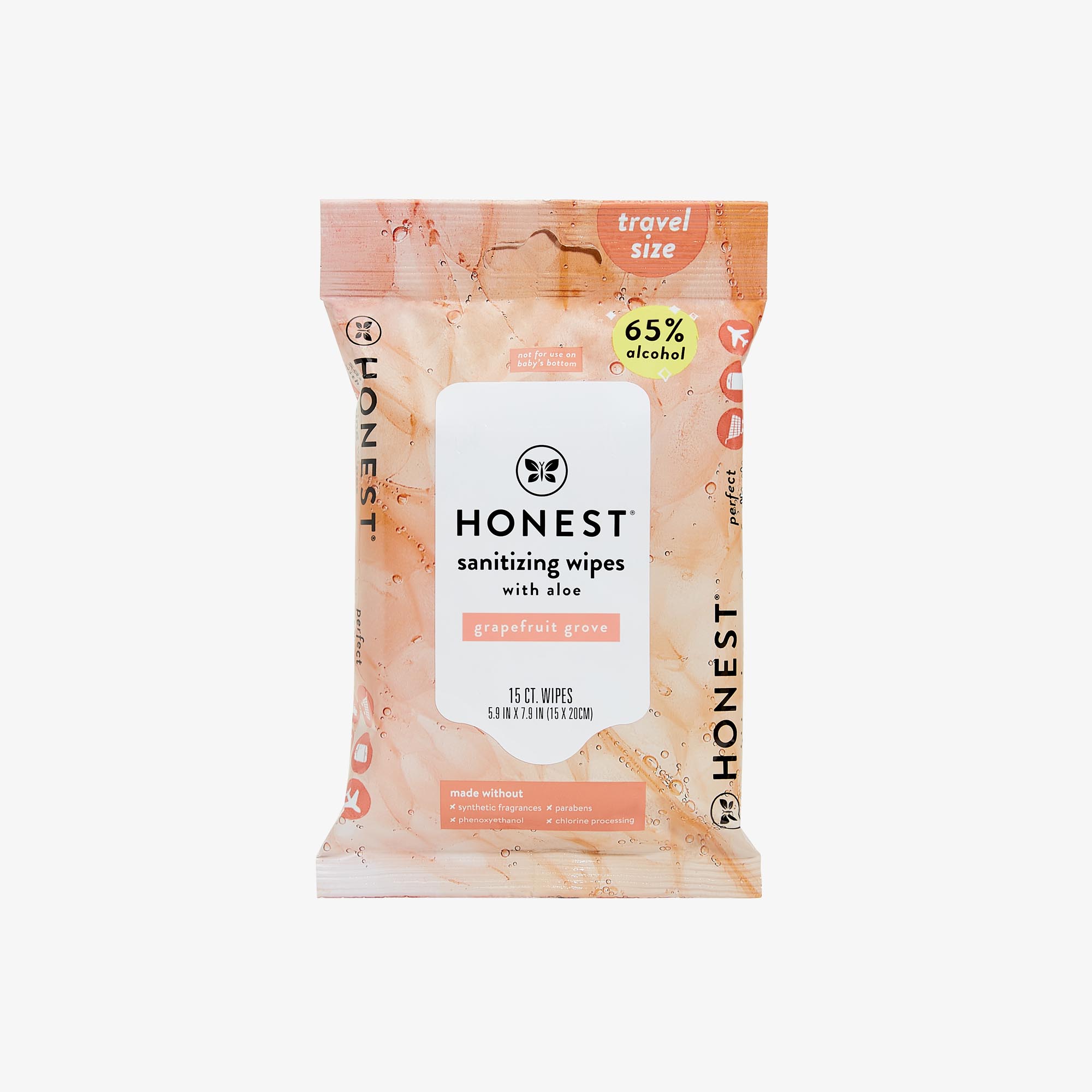
If the GPS goes down with the power grid, owning paper maps of your area could be handy.
Personally, I would pack one small flashlight per person in my bug-out bag, plus one or two large, high-beam, and weatherproof flashlights like this one.

Safety pins are considered an important part of a safety kit to fix rips conveniently.

A collapsible fishing kit, like the Sougayilang Fishing Rod Combo, provides what you need to fish in fresh or saltwater. Plus, it’s collapsible, so it won’t take up too much space in your bug-out bag. If you find yourself seeking shelter near a lake, stream, or pond, you’ll be happy you have it.

Pack a few emergency whistles on lanyards that each passenger can wear if necessary.

A roll of duct tape can patch holes or tape things down in high winds. It’s considered an essential item for survival situations.
Heavy-duty contractor bags can be used for trash and as a ground cloth or tarp if you don’t have them.

A package of multisized resealable bags is always useful on trips, so I would put these resealable bear bags in my bug-out bag.

Pack a supply of N95 masks to protect you and your loved ones against viruses.

Make sure to have batteries for any item that might run out of juice.

A good camping collapsible camping lantern can be a source of additional light. These solar ones by Kizen come in a pack of two.

A ground tarp and tent may take up too much space in your bag, but you can toss them in your car in case you end up camping after you evacuate.
Each person and furry friend in your car should have a collapsible water bottle or canteen. Also, pack water purification tablets.

Merino wool works in all-weather to keep your feet dry and warm. Smartwool makes them for men, women, and children.
Make sure to keep bugs away and throw insect repellent into your bug-out bugs.

Mineral sunscreen will keep you safe from sunburns. Keep in your bag for year-round coverage.
I like this one because it’s inexpensive and has good reviews. It’s also a flashlight and a charging station.

Make sure to pack warm rain jackets for everyone. Patagonia offers a great selection for the family.
A wool hat and gloves for each family member, plus sun hats, too, should be in your bag.


Personally, I would advise having these on your feet when you walk out the door in an emergency, but sometimes you have to drop everything and run. Make sure to keep hiking boots or comfortable walking shoes in your bag.
This won’t apply to everyone, but if you wear contact lenses, keep a spare box (in your prescription) and a bottle of saline solution on your bug-out bag list.
Your bag should contain sunglasses, a spare pair of readers (or two or three), and your eyeglass prescription to ensure you have whatever you need.
Consider packing pens, paper/notebooks, pencils (because ink pens can freeze), and if you have kids, a small art supply kit, like this one from REI, which comes in its packable mesh and nylon bag.
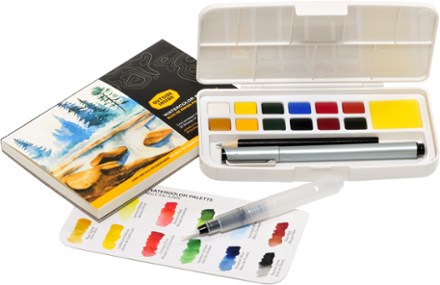
Always have a bottle in any bag to keep germs away.

A foldable travel shovel could be useful if you end up seeking shelter in the outdoors.
A few toothbrushes, dental floss, toothpaste, and even mouthwash should be added to your bag.
A headlamp will give you hands-free light, which can be very useful in an emergency, and double as a reading light at night. This is a good lightweight option with 250 lumens from L.L. Bean.

My family uses these disposable ones when we ski, and we keep a box in our car in the wintertime in case of a breakdown. In case your emergency occurs in cold weather, hand warmers can be a welcome relief when it's freezing out.

Again, this is on some survivalists' lists of key items, but I’m not sure I would add it if I didn’t have to because of the added weight. REI sells a solid selection of camping stoves if this is a must-have in your bag.

Backcountry carries a Stoke Camp hatchet and firestarter for under $50, plus a wide range of field and camping knives.

In emergency situations, small comforts often provide large returns — put quick-drying underwear on your list. It’s especially useful if you are dealing with torrential rains, flooding, hurricanes, or other water-related emergencies.

Pick up an emergency sleeping bag like this ultralight, extra-thick Mylar space sleeping blanket with a hood and reinforced tape seams. It is small enough to hold in your hand, so it won’t take up too much room in your bag. The name Don’t Die in the Woods Emergency Sleeping Bag says it all. This can also be a blanket, so you don’t have to pack extra ones.

I like the one-and-done idea of this camping cutlery set because everything you need fits neatly into one bag, making it easy to add to your bug-out.

When I travel, I stock a mini pharmacy kit with ibuprofen, kids' Motrin, Pepto Bismol, and other OTC medications. I would do the same for a bug-out bag.
In case you need to start a fire when you evacuate, a first starter kit, like this one, may come in handy.

Toss a compass in your pack just in case your GPS goes dark.

If there are menstruating individuals in your group, make sure to stock up on sanitary items or a menstrual cup, which will take up much less room.
A multi-tool is a must-have in a bug-out bag and my friends and I are fans of multitools from Leatherman for the high-quality and durable products.
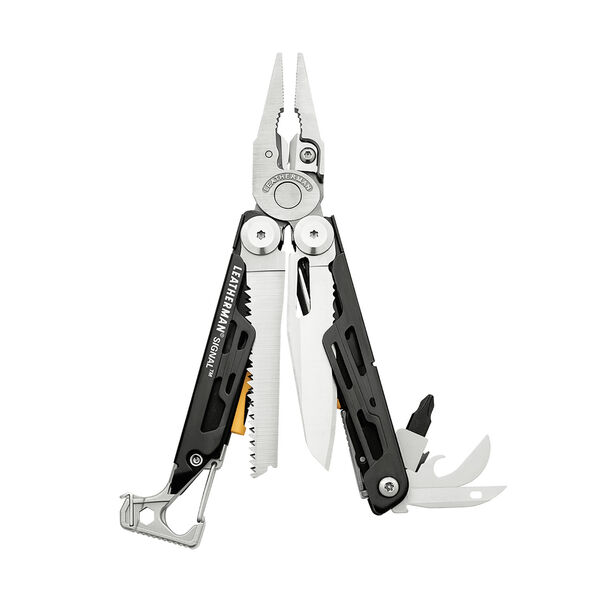
Keep a laminated copy of important contact names, addresses, and phone numbers in a waterproof, Ziplock bag, especially if you have children. This is helpful if you are separated, lose your phone, or otherwise need a hard copy of information.
Up to $500 or more in cash plus your checkbook can be extremely useful if credit card machines are down in your area. A credit card for emergencies is always a good idea. Having a card designated for your bug-out bag can be helpful if you need to pay for a hotel or transportation — like airline or train tickets.
Make sure to have photos of each family member (and pets) on hand.
Make copies of your health records, immunization cards, and other important medical information.
If you have life and home insurance, keep this information with you as well.
You are likely to have your car title in your glove box, but make a copy anyway for your bag, along with copies of the deeds for any homes and properties you own.
Your insurance cards will likely be in your wallet, but make sure to have copies in a waterproof bag, too.
Make sure to have your prescription medications easily available in your bug-out bag, and make copies of the prescriptions in case you need them filled.
The information presented here is created by TIME Stamped and overseen by TIME editorial staff. To learn more, see our About Us page.
